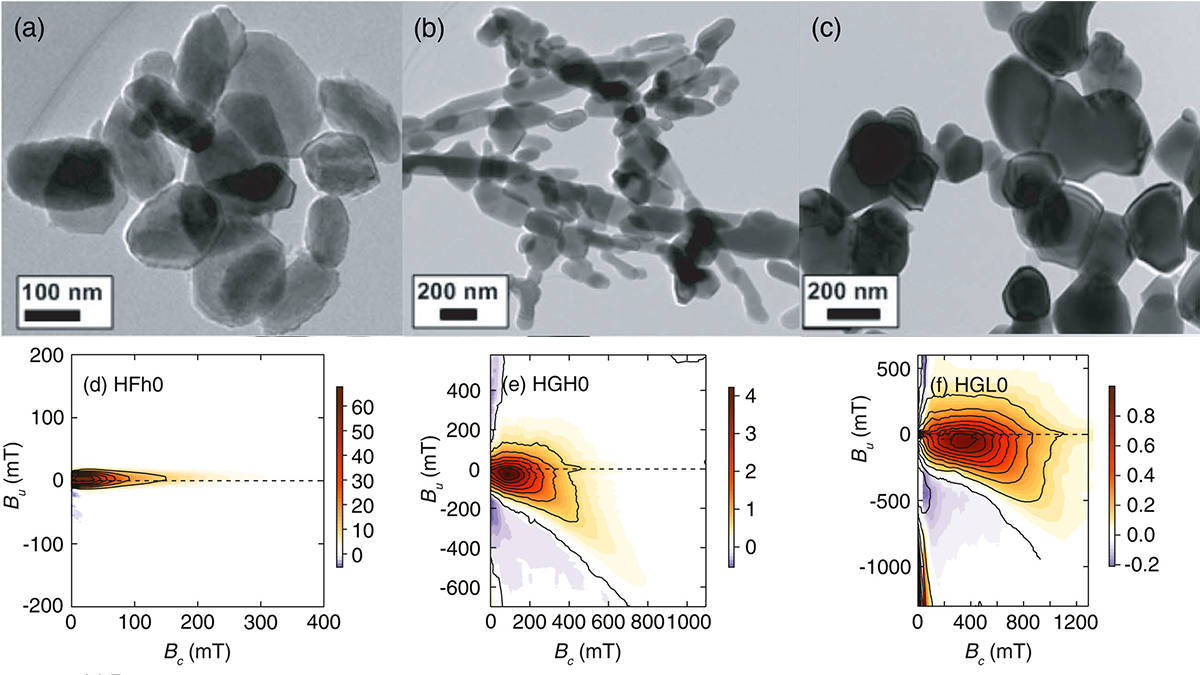Editors’ Highlights are summaries of recent papers by AGU’s journal editors.
Source: Journal of Geophysical Research: Solid Earth
Hematite is an important magnetic mineral on Earth, and its magnetic properties have been investigated extensively. However, the origin of contrasting first-order reversal curve (FORC) distributions still remains largely unexplained.
Roberts et al. [2021] present an excellent review of magnetic properties of hematite with focus on FORC interpretation. The comprehensive summary of different characteristic (FORC) signatures in synthetic and natural hematite is explained theoretically with two FORC distribution types (“kidney-shape” and “ridge-type”), which are either related to uniaxial single domain behavior or triaxial (hexagonal) anisotropy. The obtained signals for hematite can be used to train algorithms to unmix FORC data.
This knowledge will play an important role in the future interpretation in paleo- and environmental magnetism as FORC diagrams have become an important tool for assessing the domain state of, and magnetostatic interactions among, magnetic particles in such studies.
Citation: Roberts, A. P., Zhao, X., Hu, P., Abrajevitch, A., Chen, Y.-H., Harrison, R. J., et al. (2021). Magnetic domain state and anisotropy in hematite (α-Fe2O3) from first-order reversal curve diagrams. Journal of Geophysical Research: Solid Earth, 126, e2021JB023027. https://doi.org/10.1029/2021JB023027
—Agnes Kontny, Associate Editor, Journal of Geophysical Research: Solid Earth

